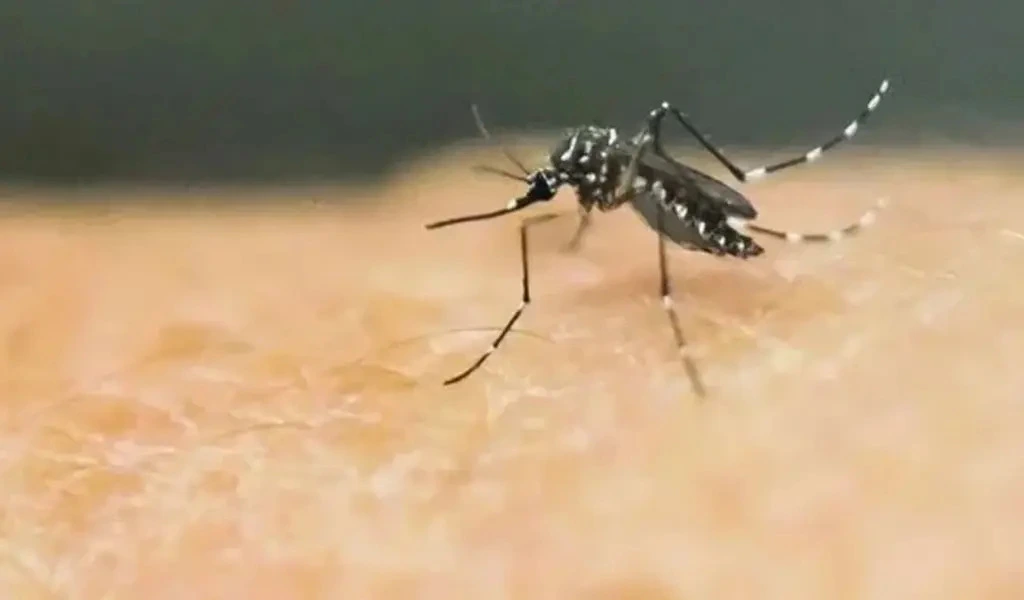(CTN News) – Governments and public health professionals around the world are warning of the record-breaking spread of one of the most notorious—and incurable—diseases, dengue fever, which affects roughly half of the world’s population.
The mosquito-borne virus has a long history in warm climes, but it is now spreading to areas where it was previously unknown, such as Europe and portions of the United States.
By early December, more than five million dengue illnesses had been reported worldwide this year, a huge increase from 500,000 cases in 2000, over at least 80 nations and territories. Save the Children reports that more than 5,500 individuals have died so far in 2023.
In October, California reported its first instance of locally transmitted dengue virus. Dengue fever was discovered in Sudan’s capital, Khartoum, for the first time in history in March, putting considerable strain on the city’s already impoverished healthcare system.
Meanwhile, in dengue-endemic countries, the virus has spread on an unprecedented scale this year. During the biggest outbreak in Bangladesh’s history, dengue cases were documented in all 64 districts, and by mid-November, the disease had infected 291,832 people and killed 1,476.
Preventive Measures Against Dengue Fever Spread
Peru’s health minister, who proclaimed a state of emergency across most of the country in June to combat a raging dengue outbreak, resigned the same month, as infections and deaths continued to rise.
The Pan-American Health Organization’s risk assessment report, issued Tuesday, stated that the “lack of robust dengue fever surveillance and management systems raises concerns about potential undetected cases or unrecorded travel movements that could contribute to unnoticed disease spread.”
There is presently no antiviral treatment for dengue, however the symptoms can usually be controlled with medication. Here’s what you should know about the disease—and how to be safe.
Dengue Fever is typically transmitted by infected female Aedes aegypti (Egyptian tiger) mosquitoes that breed in stagnant water and spread from person to person via mosquito bites.
The disease can also be passed down from pregnant women to their offspring, and in rare cases, through blood transfusions, organ transplants, or needle injuries.






